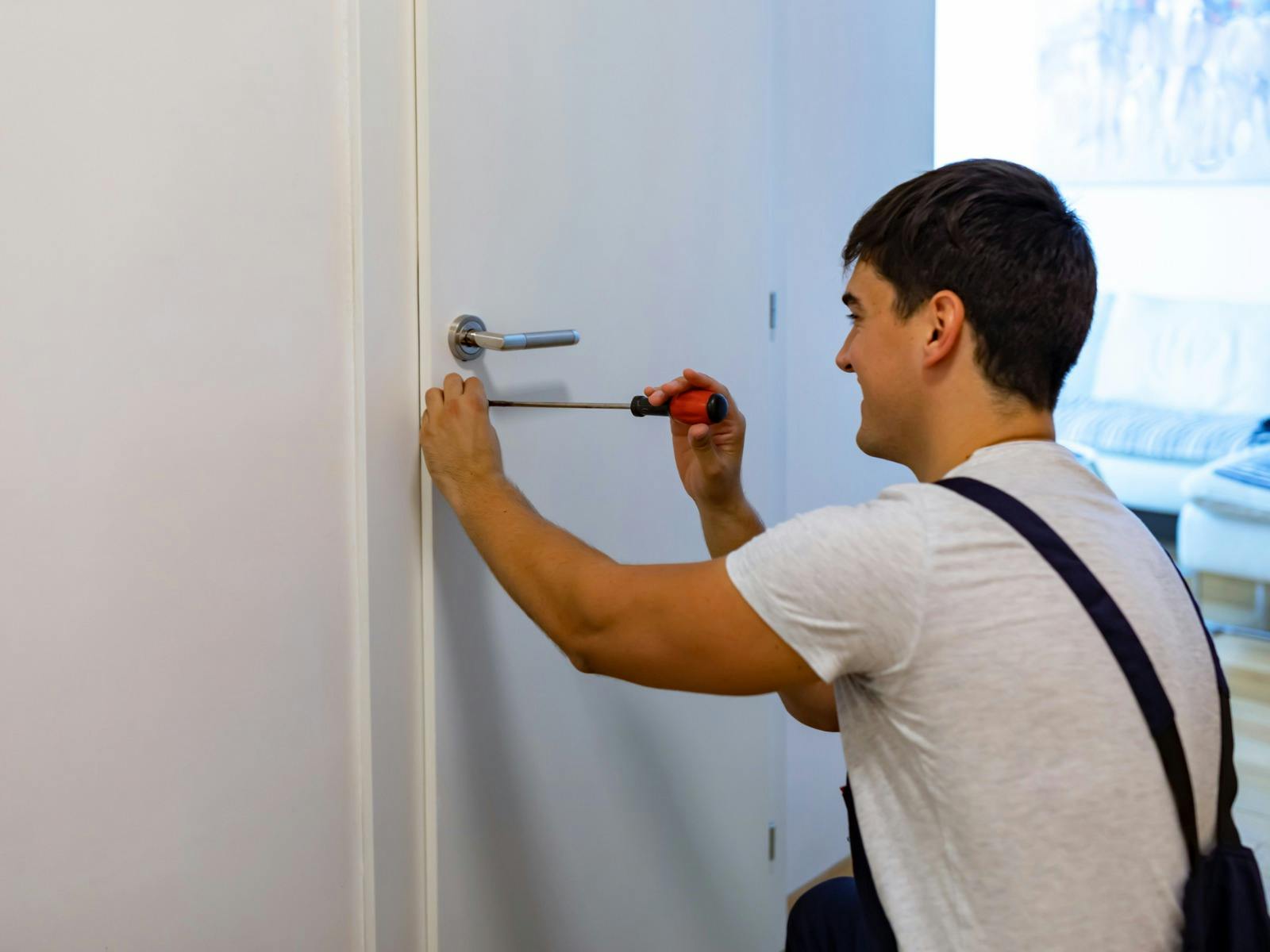8th November 2021
How to Fix an Internal Door Handle
You don’t always need to contact a locksmith to repair a broken or loose door handle. You can fix the problem yourself by following these simple steps. In this guide, we explain exactly what you need to get started and provide you with some handy tips along the way too.
IronmongeryDirect
8th November 2021
5 mins
What tools do you need?
- Screwdriver
- Hex or Allen key
- Lubricant such as D40 (useful for a stiff door handle repair)
- Drill
- New door handle (if required)
Prepare & plan
- Before you begin to fix your door handle, try to figure out what the issue is. The most common causes include the door latch sticking or becoming loose.
- Many door handles becoming broken because of the issue with the tubular latch. Situated within a door handle, this problem can be easily fixed.
- There’s a range of door handles available, make sure you know exactly what type you currently have. This will make it much easier to diagnose and fix the problem.

How to fix an internal door handle
After you’ve completed the above, you’re now ready to start the process of fixing an internal door handle. Here’s how to do it:
1) Use the screwdriver to carefully remove the door handle and latch from the door. Depending on what type of door handle you have, the method of removal may be slightly different. For example, some door handles include a grub screw which is located on the neck of the handle. When removing the door handle, try using a hex or Allen key.
2) Once the door handle has been removed, you should now check for any obstructions or clear signs of damage from underneath the door handle plates. Alternatively, try operating the handle as you normally would and check the spring isn’t broken within the handle.
On occasions when the spring is damaged, then you may need to replace the handle altogether. If the spring is still intact, then try applying WD40 lubricant which should do the trick.
3) If you’ve visually inspected the door handle and found no internal damage, then the problem lies with the tubular latch. In this case, remove the latch from the door by loosening the screws at the side of the faceplate which is located at the edge of the door. You should then be able to slide the tubular latch out of the door.
4) Afterwards, you should check the tubular latch for any wear or damage. The main culprits to look out for are loose springs or parts that stick out. You can check this by trying to press the latch bolt tongue inwards, if you can’t do this then it’s most likely broken and beyond economic repair.
5) Another check to look out for is any debris that’s blocking up the lugs in the door handle. Obstructed lugs mean there’s no way for the lock follower to function properly. The lock follower is the vital part of the handle lock or latch.
This also means there’s a possibility that when the handle was fitted – the borehole width was made too small. To amend this, simply make the borehole wider using a screwdriver or drill.

Tips to avoid issues
- Try and avoid completely unscrewing the grub screw. Due to their small size, they’re easily lost. Instead, turn a quarter or half a turn and then simply remove them.
- If you’re struggling with the repair or the issue persists, then you should contact a locksmith or door specialist to inspect it for you. The last thing you want to do is make the situation worse.
- Door handles can gradually become wobbly or loose over time due to wear and tear. To repair, simply adjust and tighten again using a screwdriver or Allen key.
